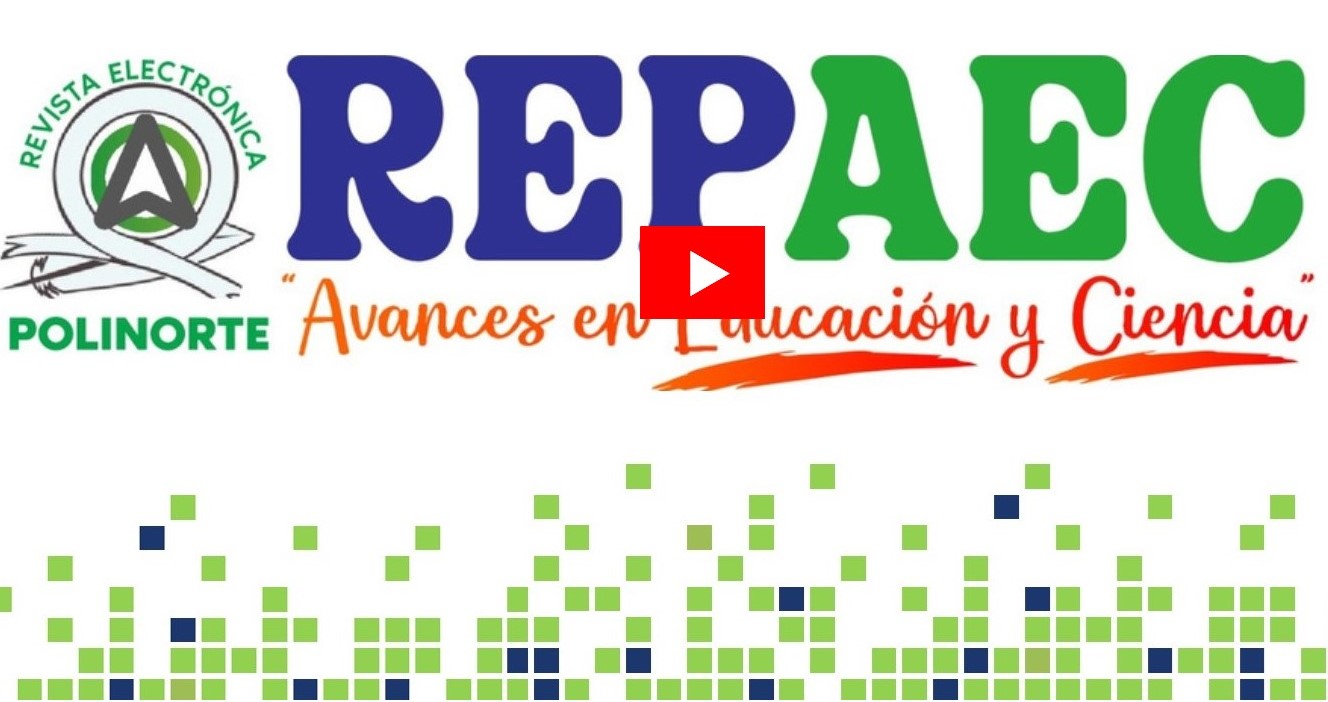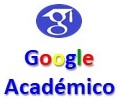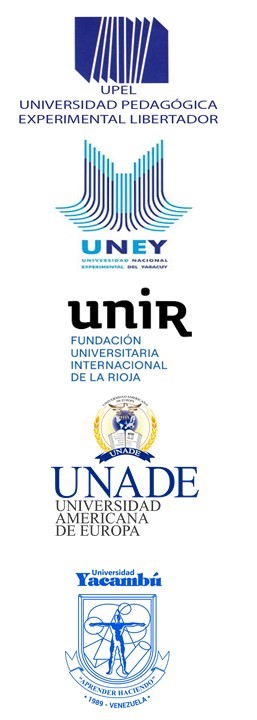Between innovation and resistance: Teacher narratives on implementing AI in the classroom
Keywords:
Artificial intelligence, Innovation, Resistance to changeAbstract
The integration of Artificial Intelligence (AI) in the educational context is reflected in resistance to change and challenges for the development of pedagogical practice. The objective of this research focused on interpreting teachers' narratives about the implementation of AI in the classroom in its dialectic between innovation and resistance. The methodology employed was framed within an interpretive paradigm with a qualitative approach and grounded theory method. The research setting corresponded to the Liceo de Santa Librada Educational Institution, with the participation of four key informants. The data collection technique was interviews, processed through Atlas Ti software, in which two categories emerged: a) Conceptions about AI in the classroom; and b) Innovation and Resistance to change. It was evident that resistance to change varies according to the context and previous training in AI implementation.

Published
Versions
- 2025-05-17 (2)
- 2025-05-17 (1)
Issue
Section
License

This work is licensed under a Creative Commons Attribution-ShareAlike 4.0 International License.
Eres libre de:
- Compartir: copiar y redistribuir el material en cualquier medio o formato para cualquier propósito, incluso comercial.
- Adaptar: mezclar, transformar y desarrollar el material para cualquier propósito, incluso comercial. El licenciante no puede revocar estas libertades siempre que usted cumpla con los términos de la licencia.
En los siguientes términos:
- Atribución : debe otorgar el crédito correspondiente , proporcionar un enlace a la licencia e indicar si se realizaron cambios . Puede hacerlo de cualquier manera razonable, pero no de ninguna manera que sugiera que el licenciante lo respalda a usted o a su uso.
- ShareAlike — Si remezclas, transformas o construyes sobre el material, debes distribuir tus contribuciones bajo la misma licencia que el original.













